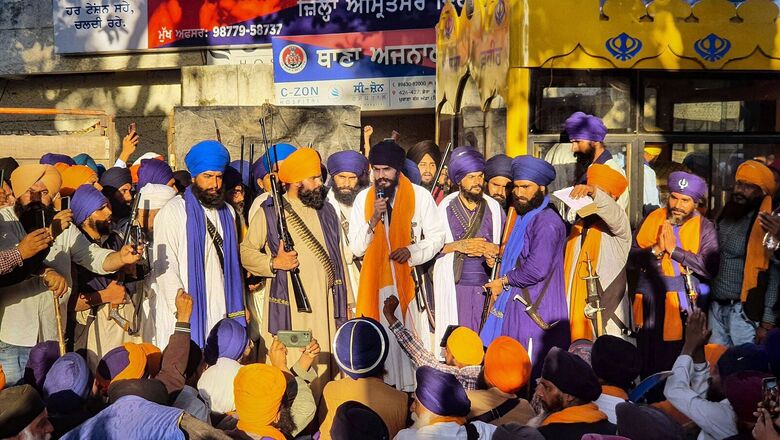
views
It was déjà vu to see craven capitulation of the state before a self-admitted Khalistani secessionist led a radicalised mob that stormed a police station in Ajnala to get an arrested activist released. For over a decade, perhaps even longer, Punjab has been relentlessly sliding towards the anarchy that had swept the state in the 1980s and early 1990s. The tell-tale signs were everywhere. When the first posters of Jarnail Singh Bhindranwale appeared in gurdwaras in the early 2000s, it should have been a wake-up call for the authorities.
The revival of Khalistani propaganda in Canada, the UK, the US, Germany and Australia was another indicator that something was starting to brew again. The narcotics epidemic in Punjab was nothing but war by other means. It was only a matter of time before the nexus of narcotics, gangsters, gun-runners and terrorists backed by Pakistan was established. The glorification of gangsters by musicians churning out toxic music was another indication that things were not quite normal. The audacity of pro-Khalistani elements to operate in the open, something they wouldn’t dare to do from around the mid-1990s, was shrugged off. Even the targeted killings of political and social activists did not shake up the government in both the state and the Centre or even the political players out of their somnolence.
The blasé attitude of the authorities was partly the result of the complicity and compulsions of politics. It was almost as if the policy was to brush everything inconvenient under the carpet and not make too much of a fuss about it. People who warned that things were sliding out of control were dismissed as alarmists. After all, the terrorism that ravaged Punjab had been decimated and wasn’t going to revive. Spin doctors flung data in the face of doubters to explain away terror attacks, killings and the growing evidence of the revival of radical politics.
Specious comparisons with the worst days of terrorism in Punjab were made to prove that everything was under control. But didn’t the troubles in Punjab start small, riding on the back of some political movements like Punjabi Suba (this time it is farm laws), or some socio-religious tensions with the Nirankari sect (this time it was Sacha Sauda and Beadabi)? Wasn’t Bhindranwale debunked, even lampooned, when he emerged, just like Amritpal Singh is being made light of now? Wasn’t the manufactured narrative of discrimination against Sikhs that was driving Khalistan 1.0 similar to the narratives being peddled now, of injustice to Punjab and blah, blah, blah? The parallels are striking, as are the effete responses of the state.
Clearly, the authorities in both Delhi and Chandigarh seem to have forgotten that while the disease of Khalistan had been vanquished, the germs were not. They were present in the body and would re-emerge unless they were constantly and ruthlessly targeted. But that was not to be, and the consequences of taking our eye off the ball are now manifesting themselves. Even after Ajnala, there is no end to the denial of the problem confronting Punjab and India. The chief minister and his overlords sitting in Delhi scoff at any mention that things are spiralling out of control.
The government in Delhi is behaving like Bhishma Pitamah of Mahabharata and hiding behind the Constitution that makes law and order a responsibility of the state government. There is also a sense among officials in both Punjab and Delhi that the Amritpal phenomenon will soon run out of steam. It was the same fallacious assumption that guided the response on Bhindranwale in the early 1980s, and we all know how that turned out. Unless Amritpal’s hot air balloon is not deflated soon, it will keep flying higher and higher and when it explodes, it will cause enormous pain and destruction. And remember, the problem is not just Amritpal alone. There are others of his ilk also in the fray — in fact, one of them is a member of the Lok Sabha.
The deteriorating security situation in Punjab is only being fuelled by the political calculations of the various players in the state. Unlike the earlier phase when it was a Congress versus Akali fight, for political dominance, there are two more main players now in the fray — Bharatiya Janata Party (BJP) and Aam Aadmi Party (AAP). And then there is the entire Panthic politics and the tussle in that political vertical that is fast coming on the centre stage and is going to drag in the mainstream politicians. In fact, like in the past, politicians will be tempted to use Panthic politics to maximise their political gains and pull their rivals down. This is akin to playing with fire because the last time, this kind of politics was played — the Congress propped up Bhindranwale to queer the pitch for the Akalis — and it ended up burning everyone.
The biggest mistake anyone can do is to underestimate Amritpal and the pernicious ideology he is propagating. If anything, he is on a roll. In Ajnala, he made the state surrender abjectly. What is worse, rather than being shamefaced about it, the state government and police were patting themselves on the back for capitulating and saving the day. The kind of disingenuous explanations given for releasing Amritpal’s associates are laughable. But the important thing is that Amritpal has stolen a march over his Panthic rivals by making the police and the state machinery go on their knees before him.
In Punjab (and also other parts of India), power is a function of the ability to make the police and administration subservient and compliant. What Amritpal has done is therefore very significant. His following is only going to go up from here on. Already the entire press – local, national and international – is making a beeline for him. His face and life is plastered on the front pages; his profiles and his mystique is spreading like wildfire. TV debates and social media discussions are only amplifying his menace and his message. He is today the most well-known man in Punjab. In comparison, the CM looks mousy in front of him, out of sorts, out of control, out of his depth, drunk on power which he neither exerts, nor asserts, and certainly doesn’t exude. That people like the Akalis are targeting Amritpal is because he is threatening their dominance over Panthic politics. Otherwise, the Akalis have been complicit in soft-peddling on the Khalistan issue and allowed posters of Bhindranwale to make a comeback. They have even backed some of the movements — Bandi Singhs, etc — that have insidiously been trying to drum up support for Khalistan.
The Congress, meanwhile, is in disarray. It is leaderless and directionless. It has taken a stand against Amritpal and the general deterioration in Punjab, but hasn’t been able to create much of a buzz. That the infighting in the Congress and the unseemly Game of Thrones between the former Chief Minister Captain Amarinder Singh and Navjot Sidhu also created space for the radicals by constantly raking up the Beadbi issue is undeniable. But the real challenge is for the BJP and the AAP.
The BJP will be targeted by all its political rivals on the Punjab issue. No matter how much the BJP says that since law and order is a state subject it is AAP’s responsibility to control the situation, it just cannot wash its hands off the issue and sit on the sidelines while the state goes into a tailspin. The Centre has enormous powers under the Constitution, which if exercised judiciously and not on political whims and fancies, or for point scoring, can start setting things right. Between exercising the nuclear option of dismissing the state government and imposing the President’s rule in the state, and doing nothing but twiddling its thumbs, there is a lot of space available to the Centre. What the BJP needs to understand is that with the 2024 elections approaching, its rivals will use the re-emergence of separatism and perhaps militancy in Punjab to demolish the BJP’s claim of being tough and uncompromising on national security. In the general elections, the AAP is a non-entity, a small fry. The real target is the BJP. At stake is its credentials on national security. In other words, if things go awry, no one will blame AAP; everyone will blame the BJP. That’s just pure and simple politics.
Of course, the AAP is not blameless. It has failed on every single front in Punjab. Add to this the allegations of its dubious and problematic links and even flirtation with separatist and radical elements (including allegations of receiving funding from these elements). For AAP, Punjab is both a challenge and an opportunity. If the party starts to take action and moves to crush the Khalistani elements rearing up their heads, it will not just demolish the accusations swirling around its association with Khalistani elements but will also make a serious dent in the BJP’s national security platform. On the other hand, if AAP prevaricates, it will only strengthen the perception in the minds of the Indian public that it is not a party that the people can trust with the security of India. That will effectively destroy its national prospects and ambitions.
India still has a chance to dismantle the Khalistani revival with a combination of statecraft and the coercive power available to the state. But if political considerations prevent the governments at the state and Central level from working together to put things right in Punjab, then be rest assured, the nightmare of the 1980s will repeat itself. Also, this time, it could be a lot bloodier than it was last time. If anyone is tempted to use the Khalistan card for advancing their politics and thinks that he/she is clever enough to get away with it, remember, the people who thought this the last time were a lot cleverer than you, and they all perished in the fires they all helped to light. Eschew this temptation and work together to save Punjab and India from the death and destruction that is staring us all in the face.
The author is Senior Fellow, Observer Research Foundation. Views expressed are personal.
Read all the Latest Opinions here













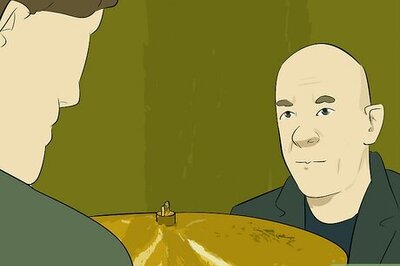


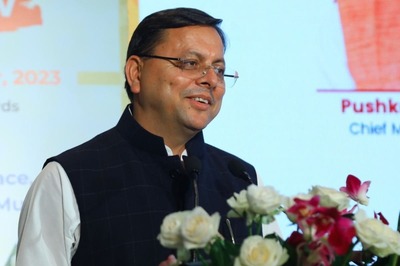
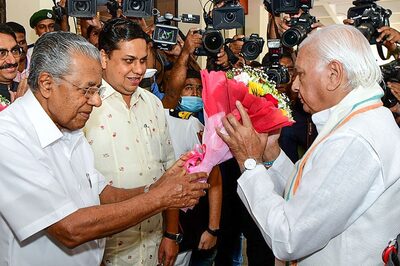

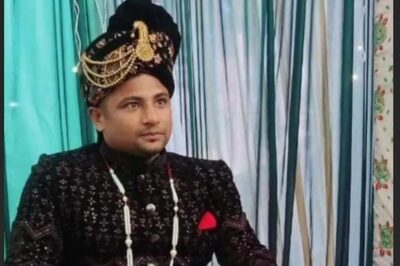
Comments
0 comment